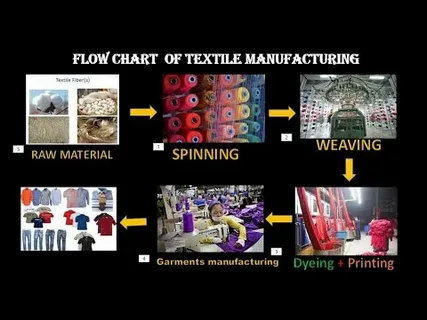The fashion and textile industry has always been dynamic, constantly evolving to meet the demands of creativity, precision, and speed. From traditional tailoring methods to advanced technological innovations, the industry has come a long way. Today, modern manufacturers rely on a blend of design software, precision cutting tools, and digital solutions to streamline production and reduce waste. Among the most significant advancements in this space are digital cutting machines and the effective use of plotter paper for accurate pattern-making.
The Shift from Manual to Automated Cutting
For decades, garment production involved manual cutting, where skilled cutters worked tirelessly to trim fabrics with shears. While this method ensured craftsmanship, it was time-consuming and often prone to errors. The introduction of automated machinery changed the game completely. With a Digital cutting machine, manufacturers can now cut complex shapes with exceptional precision, eliminating human error and saving considerable amounts of time.
These machines are designed to handle a wide variety of fabrics, from delicate silks to heavy-duty technical textiles. Not only do they increase efficiency, but they also reduce fabric wastage, an important factor in today’s eco-conscious world. This makes them invaluable not just for large factories but also for small-scale designers who need accuracy and speed to stay competitive.
Why Precision Matters in Fashion Production
Precision is one of the most important aspects of garment manufacturing. Even a small deviation in cutting patterns can lead to poor fitting garments and wasted materials. The fashion industry thrives on consistency—customers expect that every item of clothing they purchase matches its size chart perfectly.
By incorporating automated solutions like digital cutters, manufacturers gain the ability to replicate exact shapes across hundreds or even thousands of garments. This uniformity is crucial not only in fast fashion but also in luxury fashion where attention to detail is paramount.
The Role of Plotter Paper in Pattern Development
While cutting machines take care of fabric accuracy, there’s another vital element in the production process—pattern development. Patterns act as blueprints for garments, and to create them effectively, designers often rely on plotter paper.
Plotter paper is specifically designed to be used with large-format printers and plotters. It allows manufacturers and designers to print out patterns at full scale, ensuring that measurements are exact before the cutting stage begins. This step helps avoid costly mistakes and makes the design-to-production pipeline much smoother.
In many ways, Plotter paper bridges the gap between digital design software and physical garment production. It provides designers with a tangible representation of their digital work, allowing them to make adjustments and refinements before mass production starts.
Sustainability and Reducing Waste in the Textile Industry
One of the biggest challenges in textile manufacturing is waste. Millions of tons of fabric are discarded every year, much of which could be avoided with better planning and cutting techniques. By combining digital cutting machines with accurate plotting methods, manufacturers can optimize fabric layouts and minimize offcuts.
Additionally, plotter paper plays a role in reducing waste by ensuring patterns are perfected before fabrics are used. Instead of experimenting directly on expensive textiles, designers can test and refine their patterns on paper, making the overall process more cost-effective and sustainable.
The Impact of Technology on Small and Large Businesses
For small businesses, technology provides opportunities that were once limited to large corporations. A boutique fashion brand can now use a compact digital cutter to produce small batches of garments with the same level of precision as large manufacturers. Similarly, access to affordable rolls of plotter paper means even independent designers can print out detailed patterns without relying on external suppliers.
For large businesses, scalability is key. High-speed cutting machines can handle multiple layers of fabric at once, producing thousands of pieces in a fraction of the time it would take manually. Combined with accurate plotting systems, this ensures faster turnaround times and greater consistency, enabling companies to meet market demands more effectively.
Looking Toward the Future of Fashion Manufacturing
As technology continues to evolve, the fashion industry will see even more sophisticated tools emerging. Artificial intelligence is already being used to predict fabric usage, optimize layouts, and reduce environmental impact. We may soon see fully integrated systems where digital design software communicates directly with cutting machines and plotting devices, creating a seamless workflow from concept to final garment.
The industry is also shifting towards greater sustainability, with manufacturers seeking eco-friendly materials for plotter paper and energy-efficient options for digital cutting machines. These innovations will not only improve efficiency but also help brands align with growing consumer demand for sustainable fashion.
Conclusion
The modern textile and fashion industry is defined by precision, efficiency, and sustainability. With tools like the digital cutting machine ensuring flawless cuts and plotter paper providing accurate patterns, manufacturers are better equipped than ever to meet the demands of the global market. Whether for small independent designers or large-scale fashion houses, these technologies are transforming the way garments are designed and produced.
As the industry moves forward, embracing advanced solutions will not only drive efficiency but also support the shift towards a more sustainable and innovative future.
